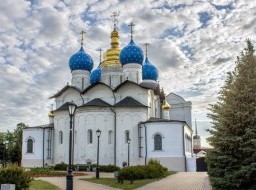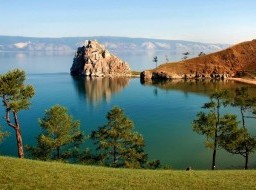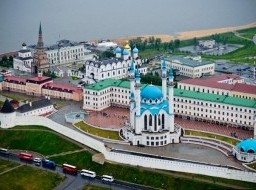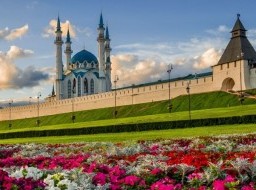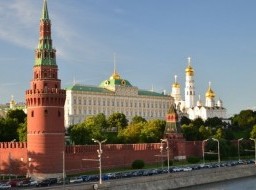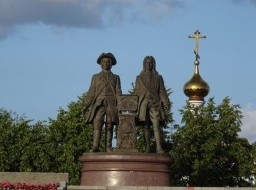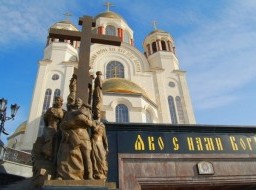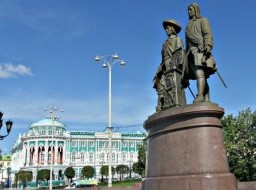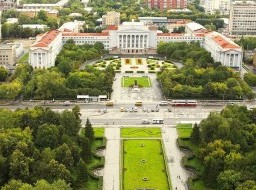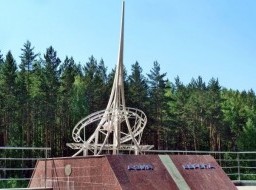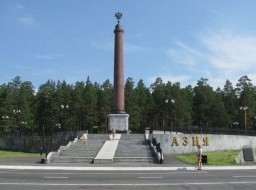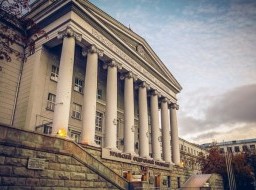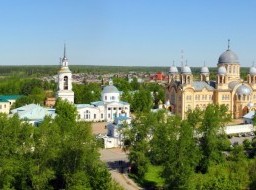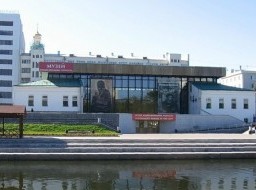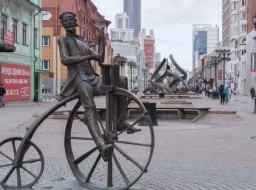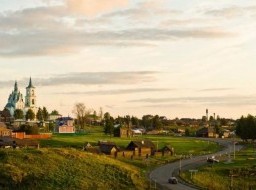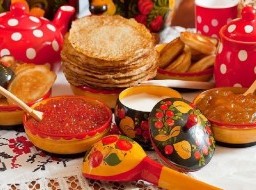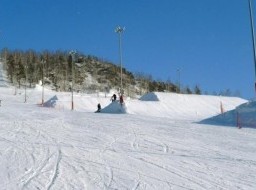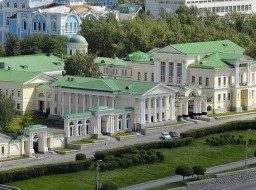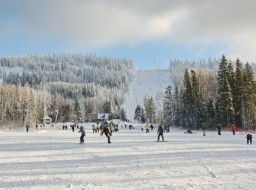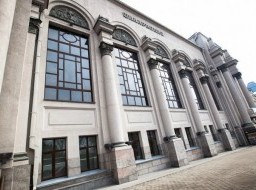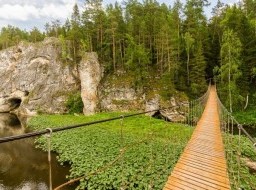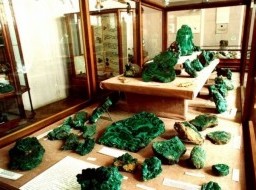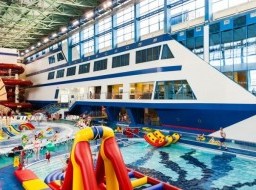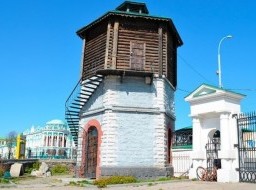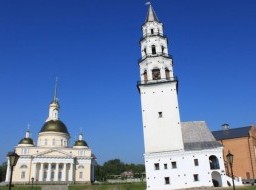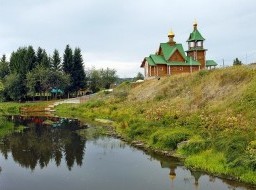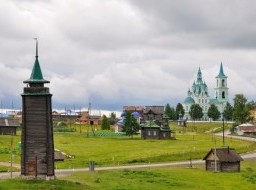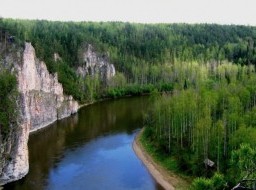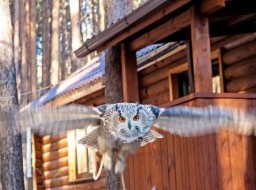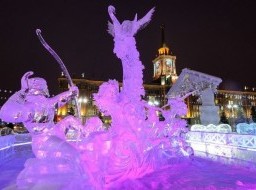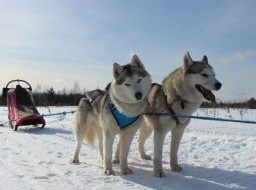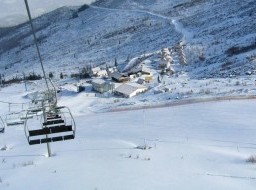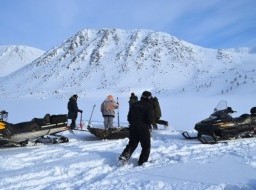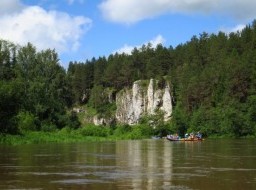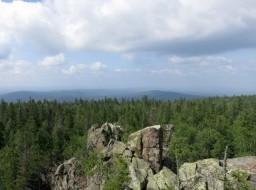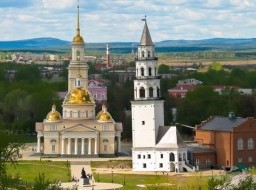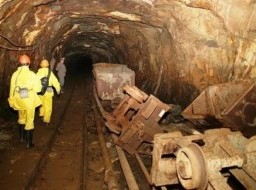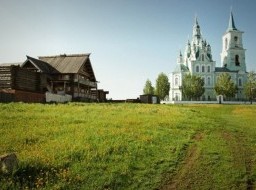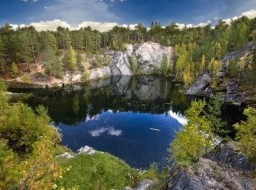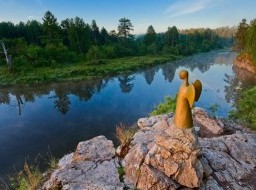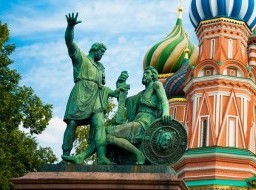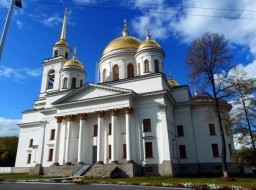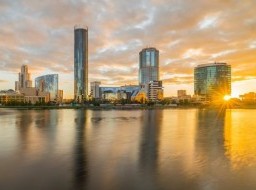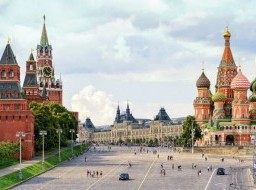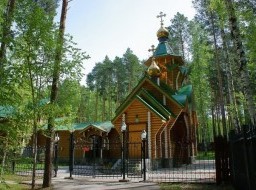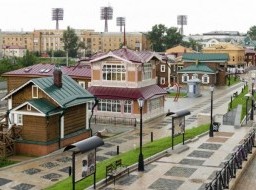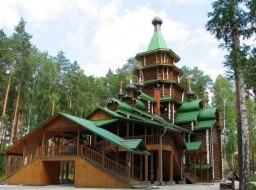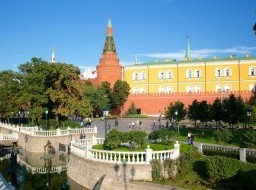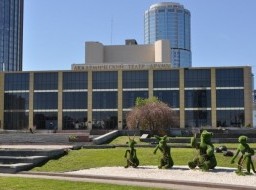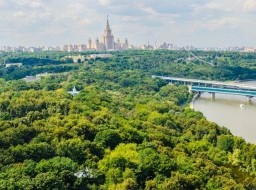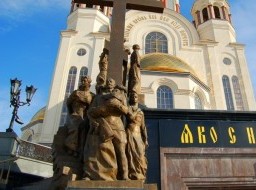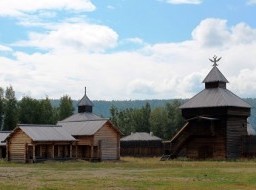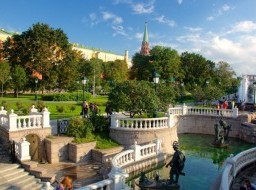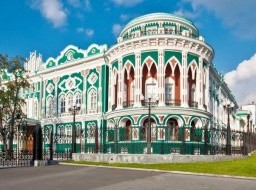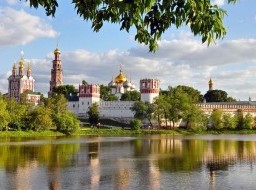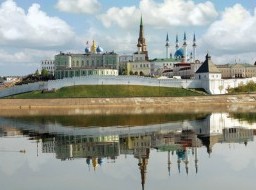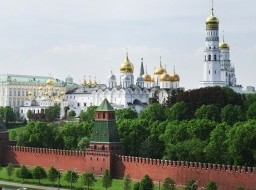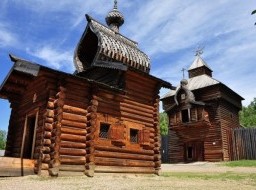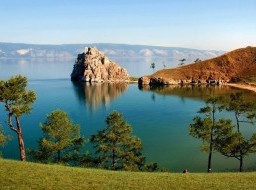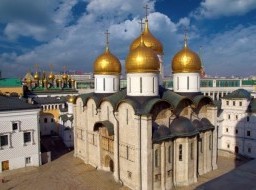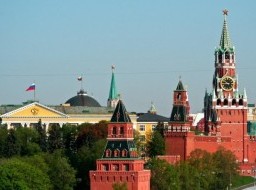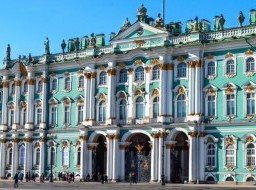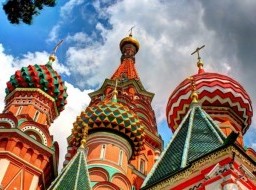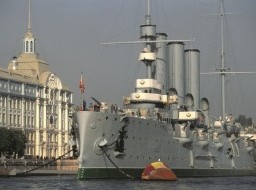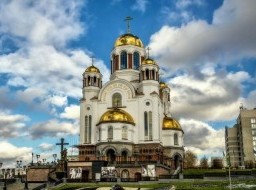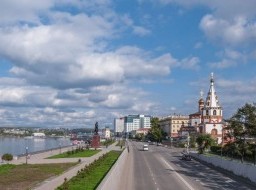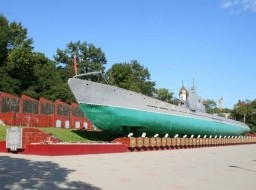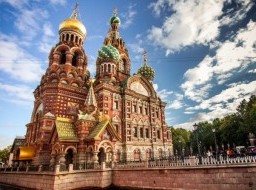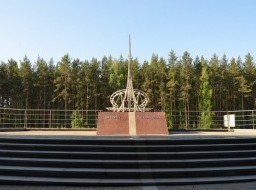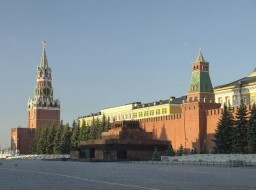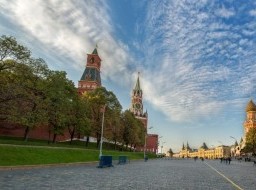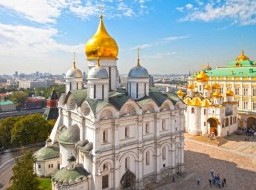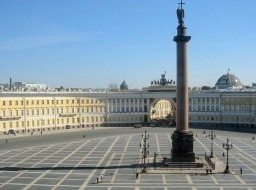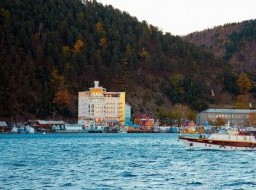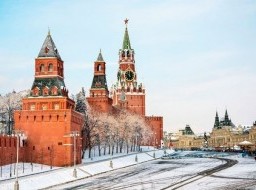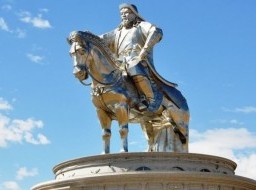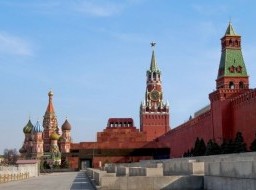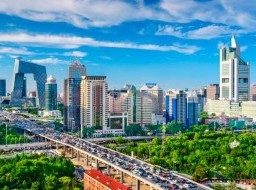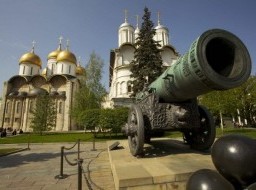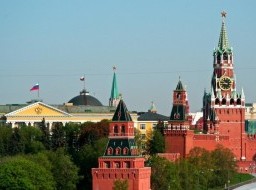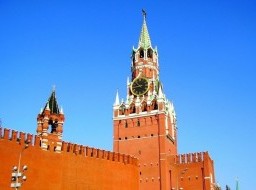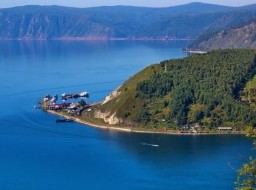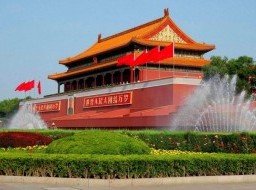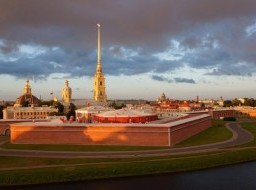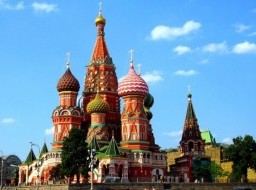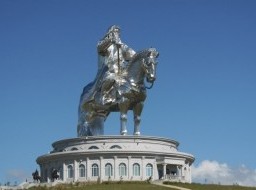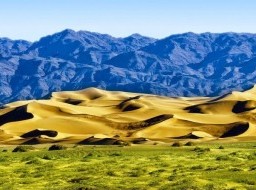Yekaterinburg
Yekaterinburg is a beautiful and well developed city with many fabulous historical buildings in classicism style, with one of the world's biggest collection of constructivist architecture buildings and with several modern high-techs skyscrapers. It is situated in the central part of Russia, on the eastern slopes of the amazing Ural mountains and almost on the border between Europe and Asia. Yekaterinburg was founded in 1723 and named in honor to the empress Catherine I. During the rule of Catherine II the main road of the Russian Empire was laid through the young city. That was Siberian high way. Later the main famous railway Transsib was built. Yekaterinburg became a key to boundless and resourceful Siberia, a kind of "port to Asia". It could be compared to St. Petersburg, which was a Russian "port to Europe". Till nowadays Yekaterinburg remains one of the most important transport links of Russia. For the whole world, Yekaterinburg is the location where the last Russian Emperor Nickolay II and his family lost their lives. Yekaterinburg is considered to be a leading cultural center of the region not by chance. More than 30 museums, 20 theatres, exhibit centers, galleries, a philharmonic society are functioning every day. The image of Yekaterinburg is original and distinctive; a lot of amazing architectural monuments and monuments of different styles and epochs have been preserved here. Yekaterinburg is the fourth largest city in Russia (after Moscow, St. Petersburg and Novosibirsk) and home to about 1.4 million people. In the Middle Urals (where the Yekaterinburg is located) Ural Mountains have a small height, so the region is suitable for the construction of roads that cross the mountain range. For this reason, Ekaterinburg became a major transportation hub, through which the road connecting Central Russia and Siberia, the European and Asian parts of the country. Through Ekaterinburg passes the famous Trans-Siberian Railway. Distance from Yekaterinburg to Moscow is about 1670 kilometers. Ekaterinburg has played a notable role in the history of Russia. It was here that Russian industry was born. The products of Ural and Siberian iron mills were exhibited at local trade fairs. Iron and cast-iron from the Urals as well as masterpieces of Kasly casting (named after the town of Kasly) were delivered by merchants to various parts of the world. The town owes its origin to a metallurgical and metal-working plant which rose on the banks of the river Iset, and by the standards of those days was one of the best, not only in Russia but also in Europe.Later, a mint and a lapidary factory were added to form one big enterprise. Peter the Great's comrades General Gennin and Captain Tatishchev, one a prominent statesman and the other a noted scientist, headed the construction project. Since the beginning of the 19th century Ekaterinburg came to play an increasingly important role as an administrative, mining and Ural-wide machine building center. On November 1723 began working plant, which was built on the orders of Emperor Peter I. The status of county town of the Perm province city received in 1781 by decree of Empress Catherine II. Ekaterinburg was founded as an industrial center in the Ural region. Today Yekaterinburg is one of the largest financial, businesses, industrial, scientific and educational centers in Russia. Ekaterinburg is rich in fabulous sights - incredible architectural monuments of Russian classicism of the 18-19th centuries including the estate of Rastorguev-Kharitonov; the house of the mining chief: the Mining Board; the Church of Alexander Nevsky, the Church of the of the Ascension and others; the Geological Museum which features a unique collection of minerals; the Fine Arts Museum which, along with a fine collection of paintings by Russian and foreign artists, displays Kasly castings; as also several museums dedicated to writers such as Mamin-Sihiriak and Bazhov. There is also an Opera House, a Musical Comedy theater, Childrens and Puppet Theater, as well as a Philarmonic auditorium. Church on the Spilled Blood (Church on Blood in Honor of All Saints Resplendent in the Russian Land) is the most famous church in Yekaterinburg. It was built in 2000 - 2003 years on the place of the “Ipatiev House” in Yekaterinburg, where Nicholas II (the last Emperor of Russia) and several members of his family and household were shot by the Bolsheviks during the Russian Civil War. The building has five domes, 14 bells, 2 levels. The altar of the main church is directly over the site of the Romanovs' execution. On the territory of the lower church is located a museum dedicated to the last days of life of the Romanovs. The temple is a place of pilgrimage for the faithful. The city is also associated with another famous political figure, Boris Yeltsin, who was born in the village of Butka not far from Ekaterinburg. Weiner Street is one of the most famous streets of Yekaterinburg. Part of the street (from Lenin Street to Radishcheva street) is a pedestrian zone. This is a favorite place for walking among residents and tourists. There are a large number of shops and cafes, as well as original sculptures on the street. “Square of year 1905” considered as the main square of the city of Yekaterinburg. Square is one of the popular places for walks and meetings. There are several beautiful obelisks set on the border between Europe and Asia in the Sverdlovsk region. One of the obelisks set on the 17th kilometer of the highway Yekaterinburg - Pervouralsk, is an especially interesting place to visit. At the base of the obelisk laid two stones, one of which was brought from the westernmost point of Europe Cabo da Roca (Cape Roca), the other from the most eastern part of Asia (Dezhneva Cape). Ekaterinburg is a draw for geologists (fascinated by the mineral-rich Urals) and tourists who come for mystery and history of the Communist-era, and then discover a city surprisingly rich in pre-Soviet churches and other architecture of an earlier era. |
|
